|
|
Proud Peoples
"The history of Native American-White relationships has been largely defined and controlled through manufactured images, and these images, not surprisingly, have served our purposes in the construction of our National identity. If we listen critically to the voices of Manifest Destiny and progress, we can begin to identify some of the contradictions between our professed democratic ideals of equal representation and our political actions which have systematically denied a voice to Native Americans. We can learn why we have constructed Native Americans as Noble Savages and as a Vanishing Race. And with this new knowledge, we can begin to appreciate why we must stop speaking for native peoples and start listening to them about their needs and desires for their lives and the lives of their children."
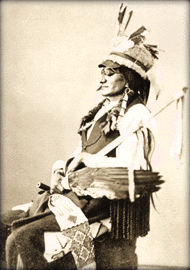
Sitting Crow, Blackfoot Sioux
Alexander Gardner, c. May, 1872
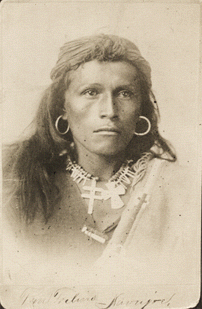
Tom Torlino, Navajo, on entry to Carlisle School, Carlisle, Pennsylvania
J. N. Choate, before 1882

Oglala Delegation
C.M. Bell, 1880
[l to r]:
Red Dog, Little Wound, Red Cloud, American Horse, Red Shirt, John Bridgeman (standing)
Red Cloud is dressed in a western suit, worn out of respect for Ulysses S. Grant, the President of the United States. But because these clothes could be misread as evidence of passivity and the acceptance of civilization, Bell has chosen to pose Red Cloud in the sitting portrait [at left] in a beaded war shirt and breastplate.
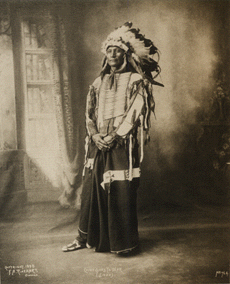
Chief Goes to War (Sioux)
F.A. Rinehart, Omaha, Nebraska, 1898 (#764)
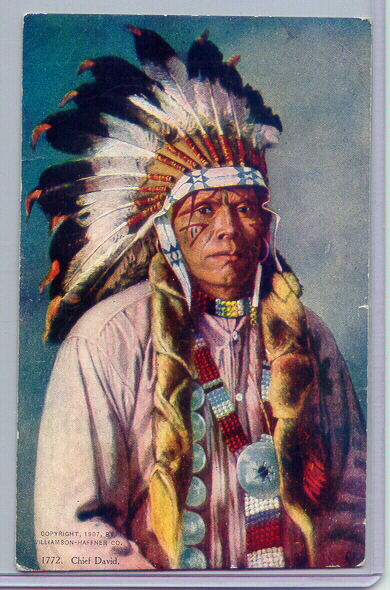
Chief David c. 1903
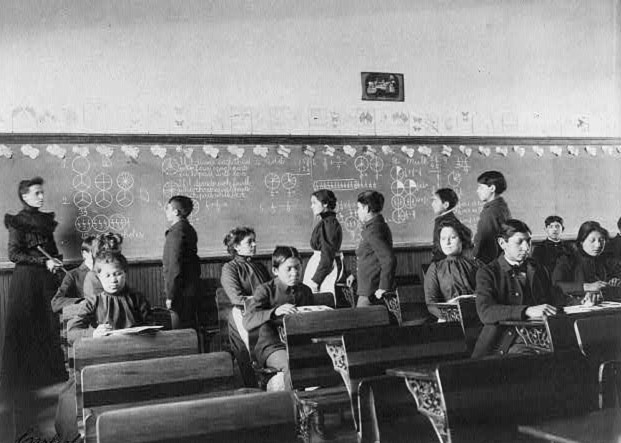
Native American School Children c. 1900

Yuma Indian



Crown Dancer Tribal Royalty Burden Basket



Chief Washakie




1907 U of Arizona 1910 U of Arizona


1833 Library of Congress 1907 Sioux



Chief Red Cloud Library of Congress
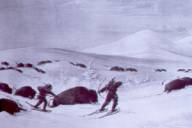

George de Forest Brush George Catlin
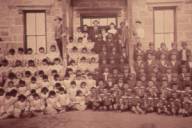
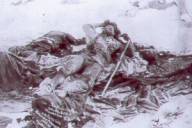
1890 Arizona State U. 1891 Library of Congress

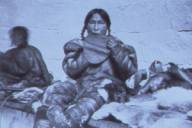
Library of Congress
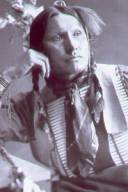
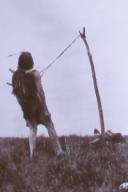
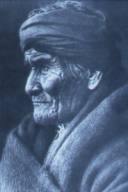
Congress Library Congress Library Geronimo
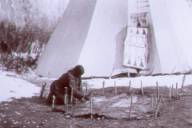

Library of Congress
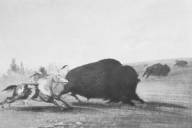
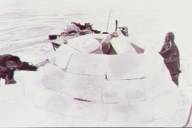
George Catlin

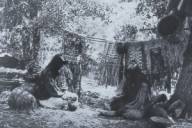
Library of Congress
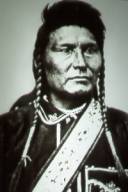
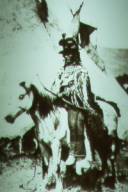
Chief Joseph Looking Glass
|
|
|
|
|
 Native American Nations
Native American Nations
